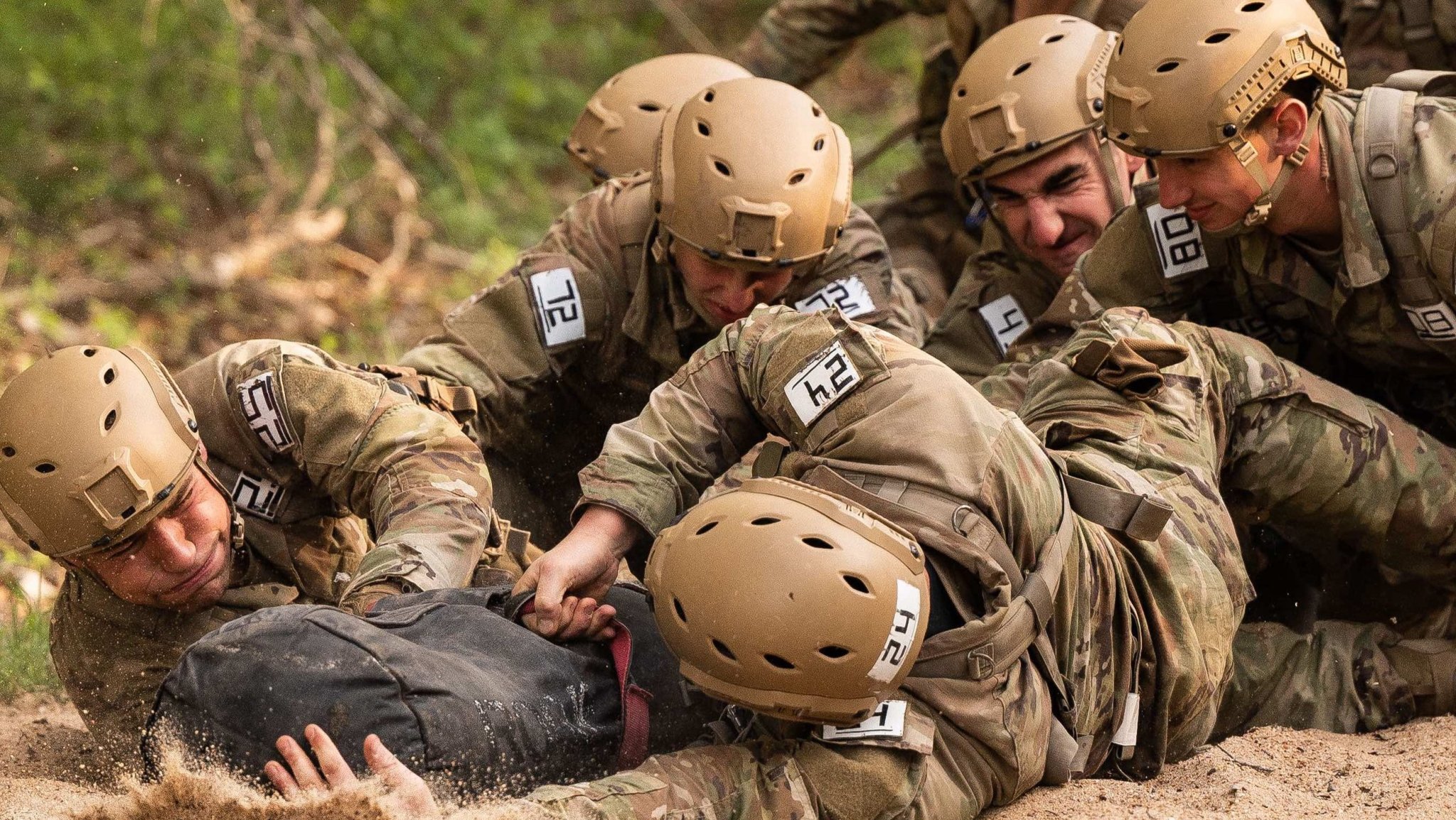
Air Force special warfare trainees will now spend 16 weeks in a new "Zulu" course early in their training pipelines, learning small team field tactics before moving more advanced training. Miriam Thurber
The Air Force is revamping the training pipeline for its toughest jobs.
Beginning in November, the Air Force will add a 16-week tactical field course to the training pipeline of Airmen seeking to join the pararescue, combat control, Tactical Air Control Party, or special reconnaissance career fields. The new training, dubbed the “Zulu Course” will teach the basics of how to shoot, move, and communicate as a team, said Col. Rodger Jennrich, deputy commander of the special warfare training wing at Air Education and Training Command, which oversees initial skills training for special warfare career fields.
Currently, Air Force special warfare trainees get basic tactical training — a core skill of the special operations units most will eventually be assigned to — after they reach the final qualification schools at the end of their training pipelines.
“Of the career fields, there were 100 tasks that were similar,” Jennrich said. “What we’ve done is we’ve pulled all those tasks up front so they’re trained together at one location as a team. It’s three blocks of training that builds on the foundation of basic skills of shoot, move, communicate, casualty care, weapons, advanced insertion/extraction skills, individual skills, and small team operations.”
The Zulu course will be now be the second stop for all special warfare trainees. The first will remain the service’s infamously intense four-week Assessment & Selection Course where trainees will still endure the near-constant physical training, from obstacle courses to pool workouts, that generations of Air Force special operators have faced. Like the selection course, Zulu training will be at Lackland Air Force Base, Texas.
Top Stories This Week
After the Zulu Course, trainees will then continue with the training pipelines for each specialty, which can include parachute and dive training, survival courses and final training schools that teach the specific skills of each job. Graduates of the four final schools earn the distinctive colored berets they wear throughout their careers.
The overall length of those training pipelines, which varies by career field, will remain the same, Jennrich told Task & Purpose.
“We are not changing a single standard,” said Jennrich, who has spent 37 years in the Air Force special tactics community, including 14 years as an enlisted combat controller. “We are not changing a single requirement. We are not adding any training, and we are not removing any training. All we have done is rearranged the training.”
Air Force special warfare jobs include four enlisted and three officer career fields. In a recent change mandated by Headquarters Air Force, enlisted recruits now sign a contract for a specific special warfare career field. Previously, recruits could start training without having picked a specific job, Air Force officials said.
Another goal of the changes, which the Air Force calls Pipeline Optimization, is to eliminate training bottlenecks and match the number of students training in a field to the number of slots available at each final schoolhouse, Jennrich said.
Special warfare candidates currently average close to two months of downtime during their training pipeline, an Air Force news release says.
“When an airman graduates basic training, providing that he or she makes it through the pipeline without any delays, they will know every school start date,” Jennrich said. “It is already set for them. The entire pipeline is set. Previously, you would have to wait for schools.”
Get Task & Purpose in your inbox
Sign up for Task & Purpose Today to get the latest in military news each morning.
The new training pipeline also allows airmen to focus on their speciality skills at the apprentice courses, he said.
“The TACPs will work on fire support; the combat controllers will work on airfields, assault zones; pararescuemen will work on their rescue skills, ” Jennrich said. “What we’ve moved forward is all those common skills that everybody did. They still have their specialty skills.”
Moving combat training to the start of special warfare training allows airmen to “see what this is really like instead of waiting to the end to finally see it,” Jennrich said.
“Now you get to reinforce those things through the pipeline over and over,” Jennrich said. “Now you have an idea of it so that when you get to the next school and the next school, things make more sense because you’ve already been trained on it.”
Under the new changes, special warfare training will remain “as challenging, if not more challenging than the current pipeline,” Jennrich said
“This is about smarter training, not easier training,” he said.
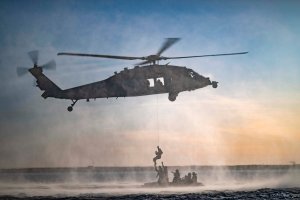
Task & Purpose Video
Each week on Tuesdays and Fridays our team will bring you analysis of military tech, tactics, and doctrine.

.jpeg)
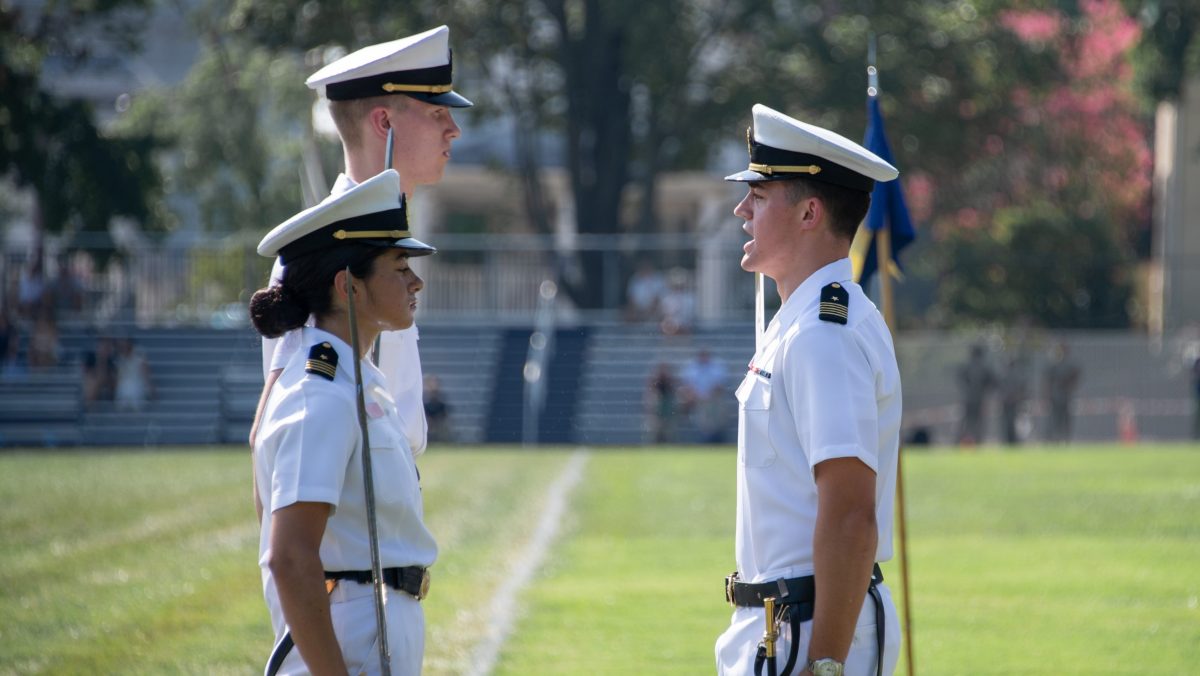
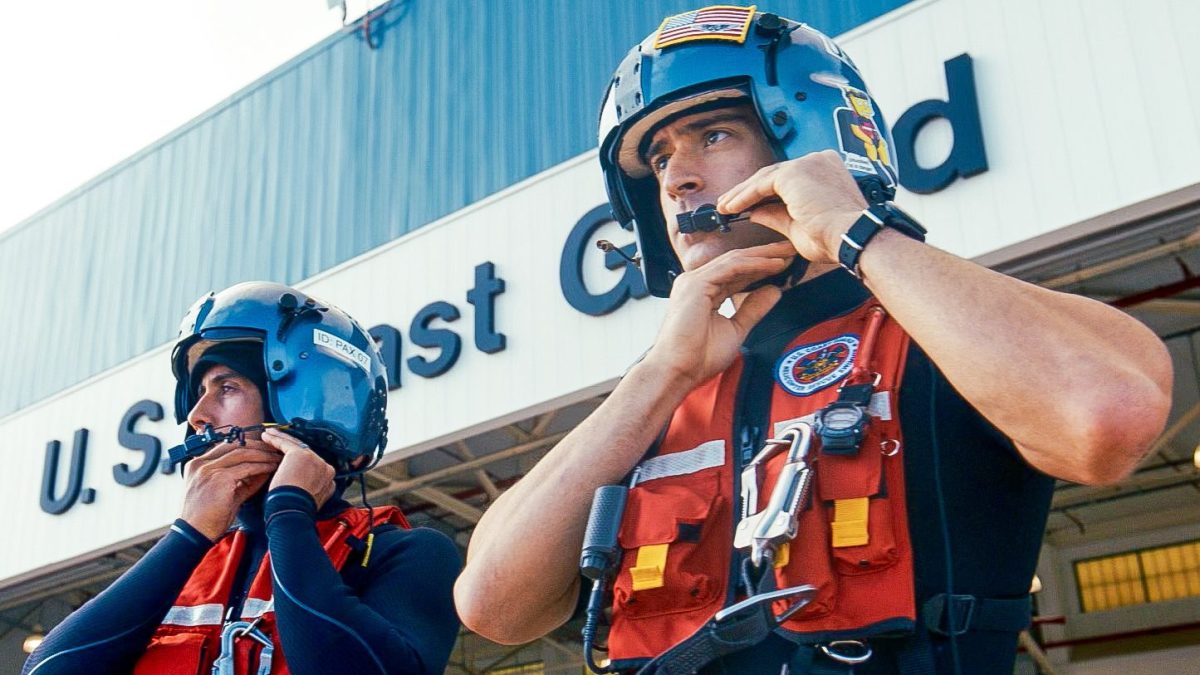
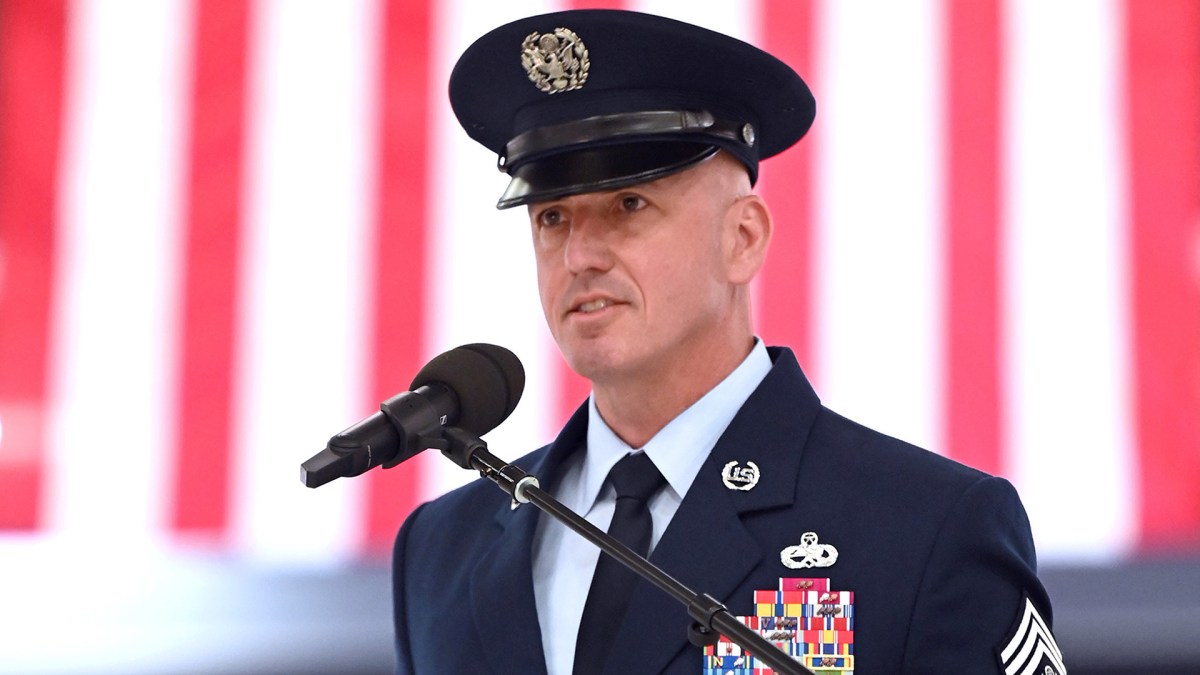
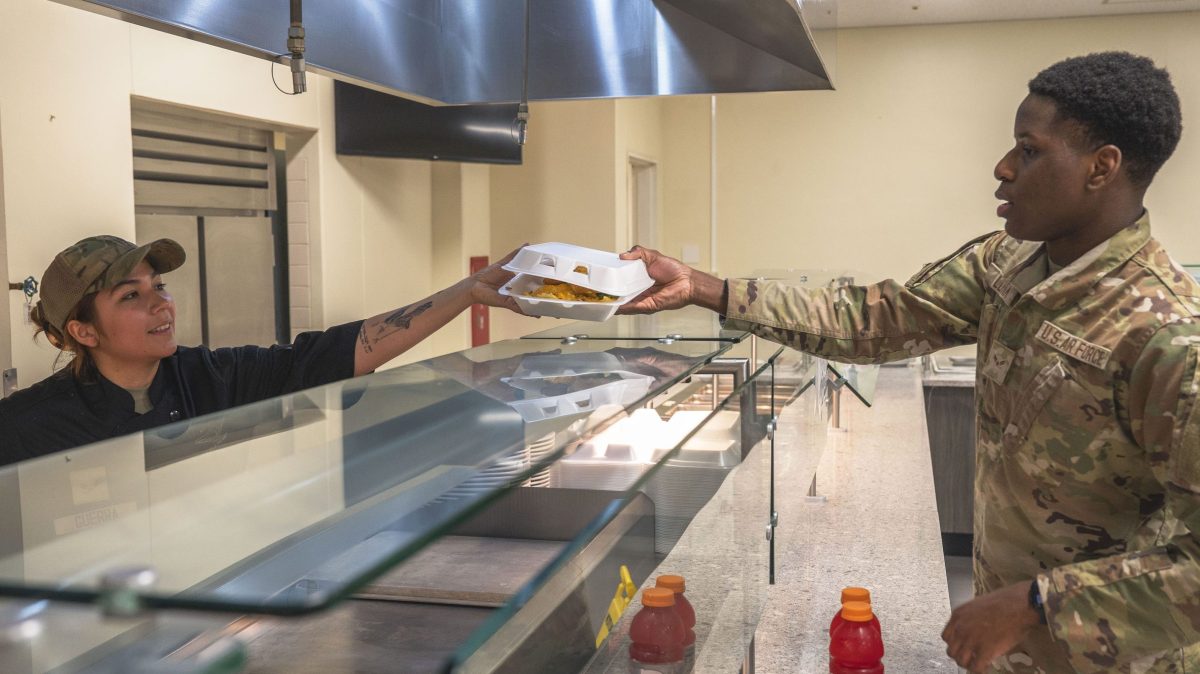






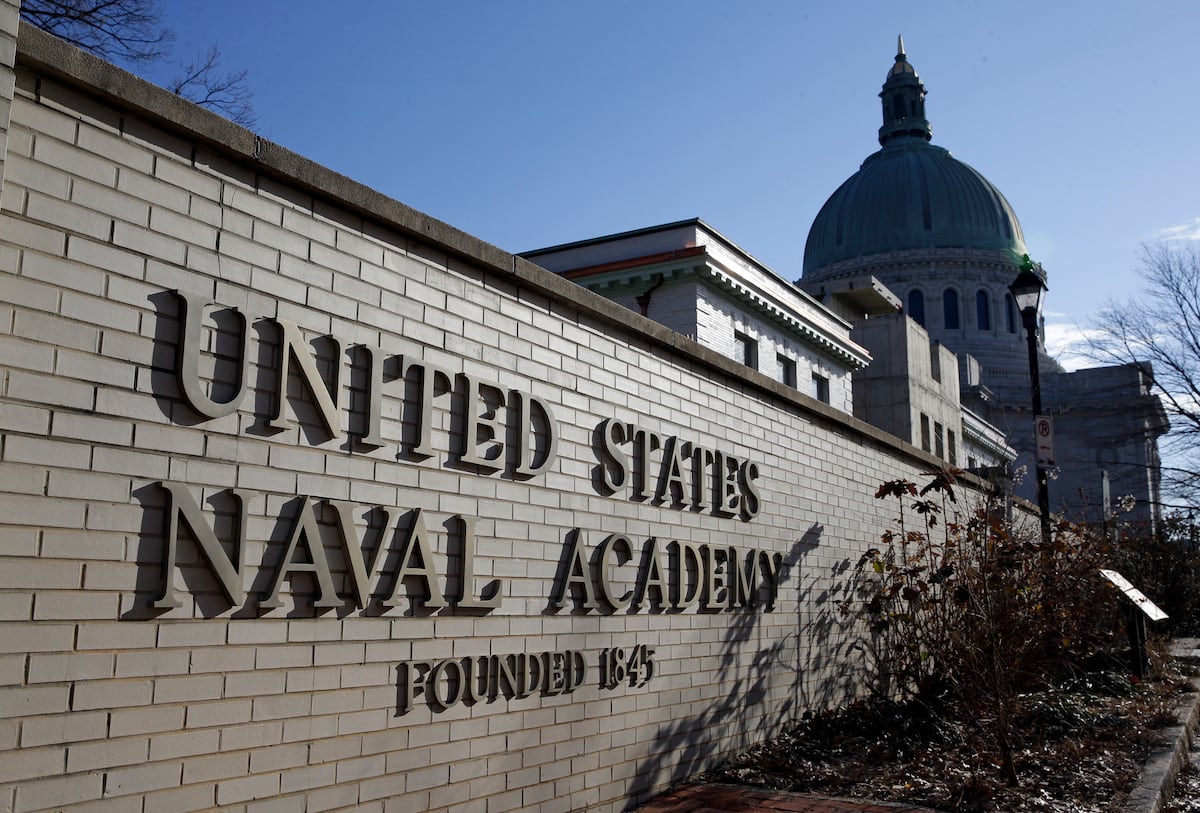











.jpeg)













 English (US) ·
English (US) ·